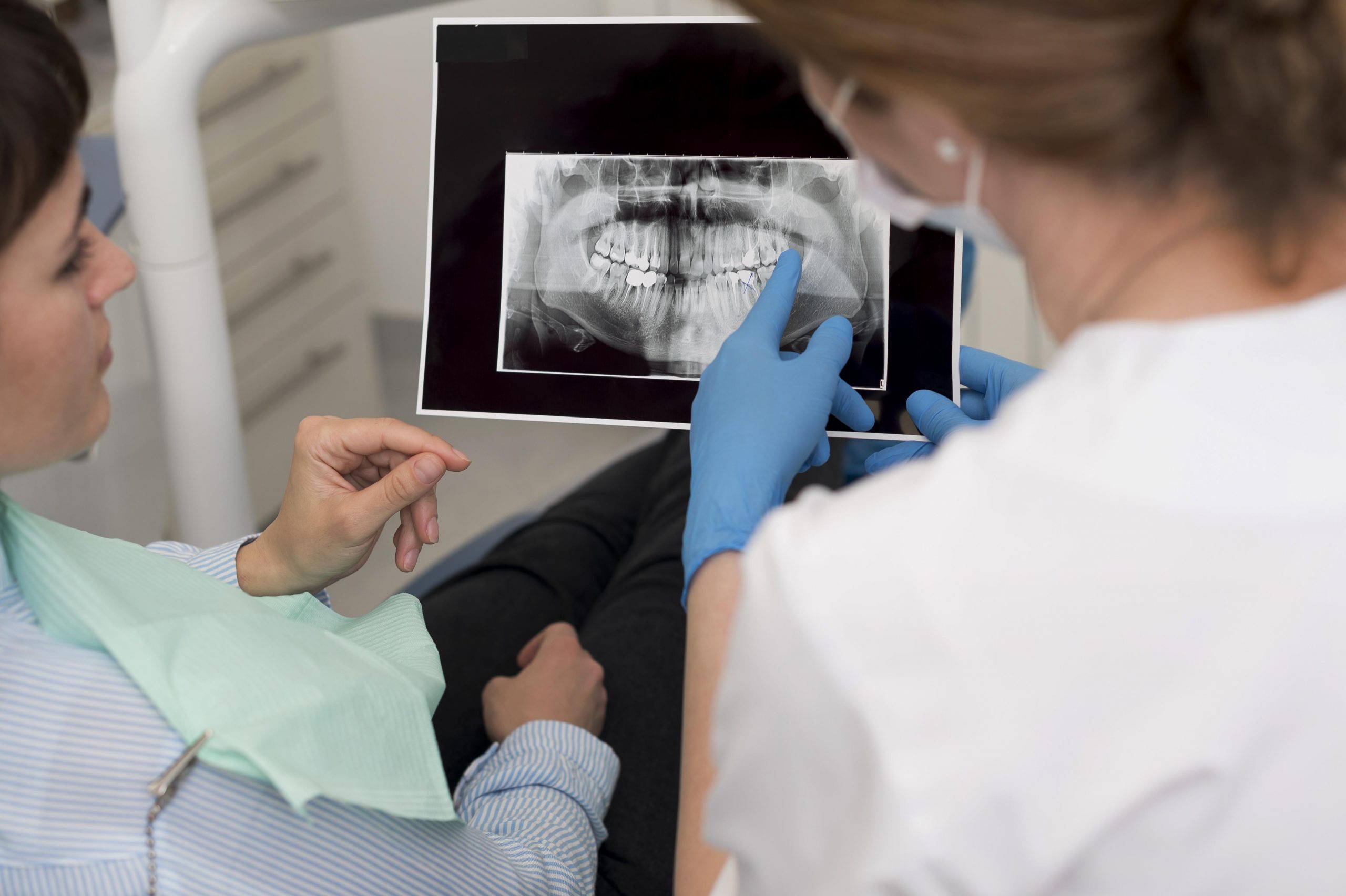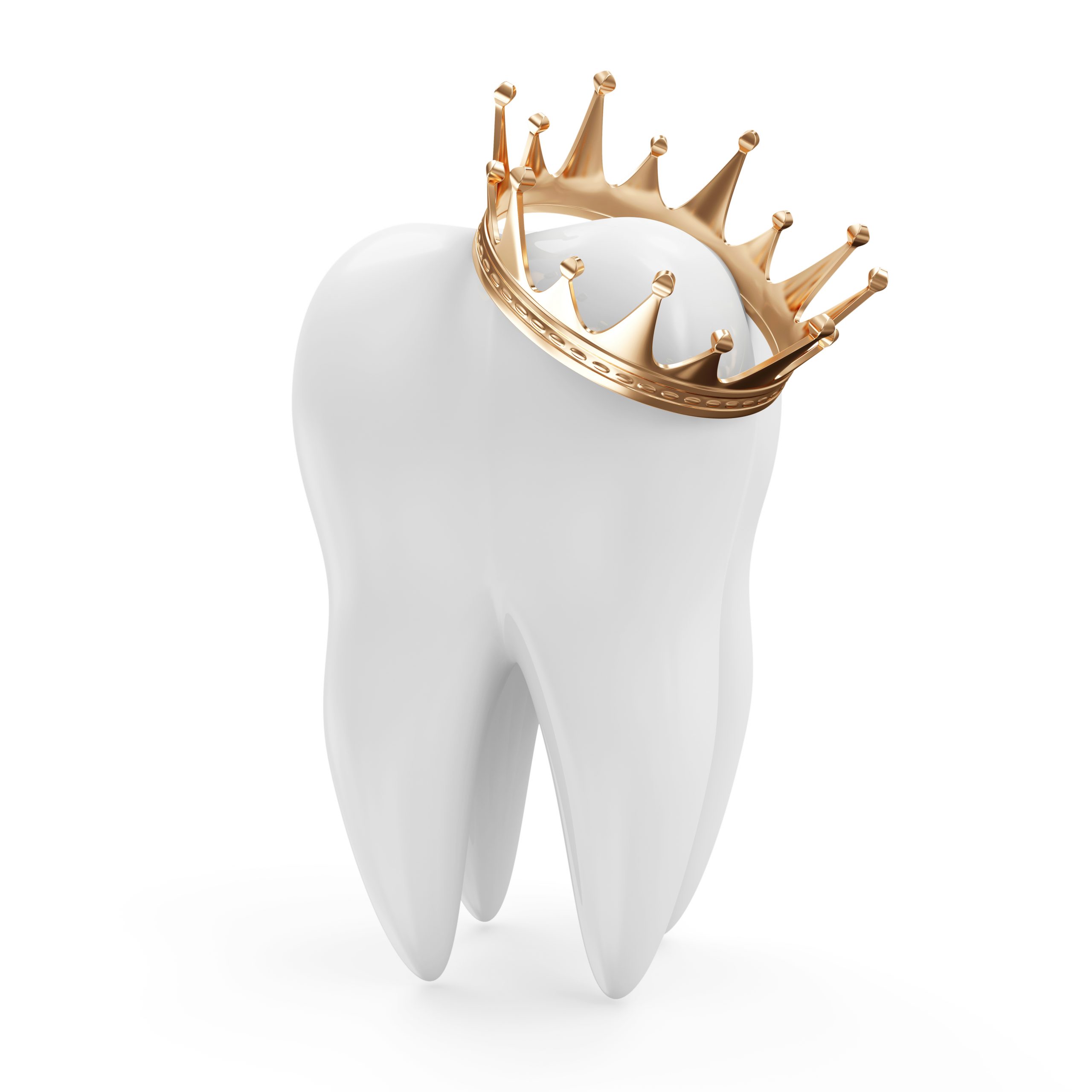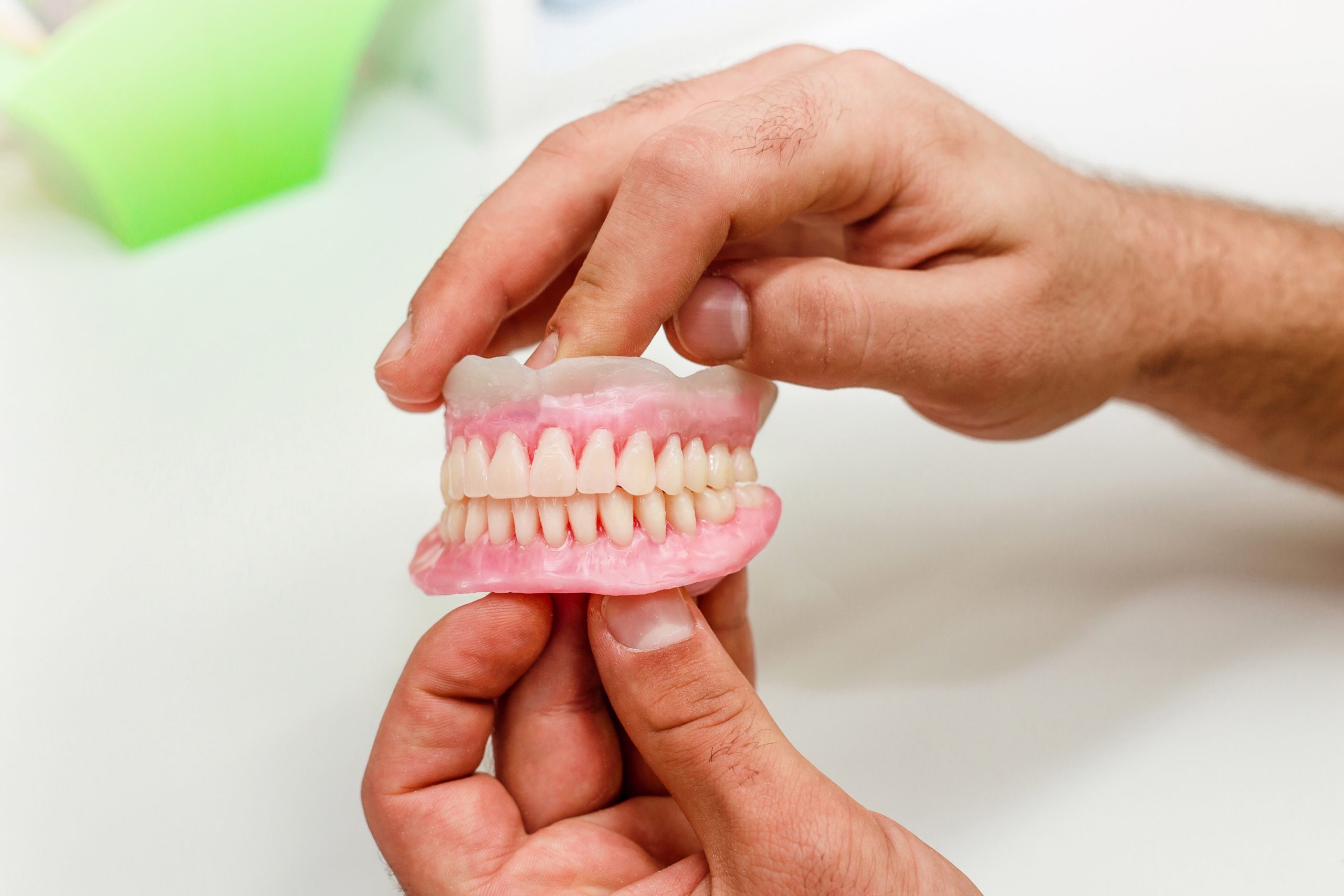If you are planning to visit the best dental treatment clinic in Antalya, it is worth boking a little extra time after your procedure to enjoy everything that this beautiful Turkish coastal resort has to offer. Antalya has a safe, family-friendly vibe with stunning coastal views, clean beaches and fascinating local history. Located next to the Mediterranean Sea in south-west turkey, Antalya is often known as the capital city of the Turkish riviera. It is surrounded by ancient historical sites and full of modern places to enjoy shopping, eating out and nightlife.
When planning and budgeting for your affordable dental treatment in Turkey, make sure to add a little extra cash to spend on visiting the best attractions, eating places, entertainment and tourist places in Antalya. That way, after you have taken advantage of quality care at the best dental clinic Antalya, you can enjoy a fun dental vacation in stunning surroundings. Here are seven ideas to get you started.

Antalya Old Town and Hadrian’s Gate
Antalya’s Old Town (Kaleici) is a maze of winding streets full of traditional wooden houses, cobbled streets, bars, restaurants and hotels. The triple-arched Hadrian’s Gate is located at the eastern entrance. It dates back to 130AD and is named after the Roman emperor Hadrian in honour of his visit to the city. The clock tower is another recognisable Old Town landmark. It was built by the Ottomans on the remains of the city’s Roman walls in the early 20th Century. Kaleici is located on the seafront, giving beautiful harbour views from the pier.
Duden Waterfalls
The Duden Waterfalls are a must-see for anyone coming to have dental treatment in Antalya. Not only are they stunning to look at, the sound of the rushing water gives a calming effect to soothe the nerves after going through cosmetic dentistry surgery. They are located at the end of the river Duden and fall in two separate cascades into a valley close to the Mediterranean Sea. Tours are available for this highly photogenic spot and they can be reached by public bus and boat.
Land of Legends (theme park)
This exciting theme park offer high adrenaline rides and fun, as well as a comfortable hotel, luxury shopping and delicious food and drink. You can visit for the day or spend the night to take your time enjoying all it has to offer. The amusement park is the largest of its kind to be found in Turkey. Great for kids – and adults with a sense of adventure. Again, take care to follow all aftercare instructions from your dental clinic and do not overdo things!
Perge (Roman ruins)
History lovers will appreciate taking the short trip out to Perge, site of some of Turkey’s most significant Roman ruins and a former sanctuary dedicated to the Roman goddess Artemis. It is known as being one of the most beautiful cities in the world, visited by scholars from many different countries. Attractions include the Roman bathhouse, amphitheatre, city wall, mosaics and many high points from which to look down on the whole city.

Antalya Marina
Antalya’s coastal position means that there is plenty of water-based fun to be had. Antalya Marina is a vibrant area full of interesting walks, delicious food and numerous boats coming and going. From fishing vessels and yachts to ferries and cruise ships, there is always something passing by. It is a popular destination for both tourists and locals and there is a welcoming vibe. Watch local fishermen sell their latest catch and rub shoulders with the well-to-do yacht owners in this vibrant part of the city.
Antalya Aquarium
The city’s aquarium is a fun attraction for all ages. You can wander past 40 themed tanks containing multiple species of fish, sea creatures and tropical reptiles going about their daily business right in front of you. The aquarium is famous for housing the largest underwater tunnel exhibit in the world, which stretches for 131 metres. It also has a 3D cinema showing fascinating films about sea life, marine conservation and more.
Konyaalti Beach and Lara Beach
Sticking with the marine theme, beach fans will adore Konyaalti beach (Konyaalti Plaji), situated to the west of the city centre. It has a mix of pebbles and sand to offer family fun and pretty landscapes set against the Beydağlari mountains. Sea swimming and water sports are available, although you are urged to take care not to over exert yourself if you have just had dental treatment. To the east is Lara Beach, equally beautiful and full of luxurious hotels, fine dining and water sports. Ask your dental surgeon if you are unsure what you can and cannot do following your procedure.











